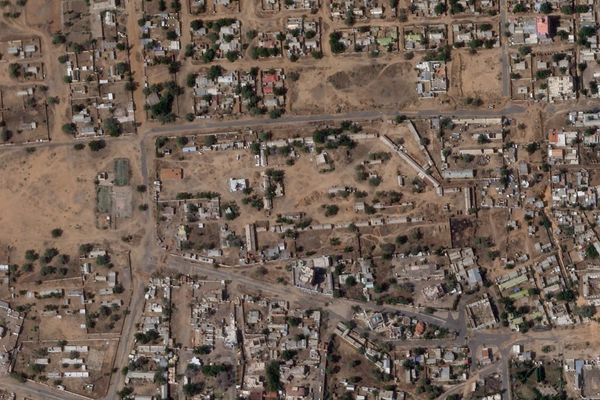
Butterflies, bees and bats are among the wildlife being boosted by England’s nature-friendly farming schemes, new government research has found.
Birds were among the chief beneficiaries of the strategy, particularly ones that largely feed on invertebrates. An average of 25% more breeding birds were found in areas with more eco-friendly schemes.
A shift away from eating meat will be required if agriculture in England is to reduce greenhouse gas emissions, as more land will need to be used to store nature and carbon, the peer-reviewed study by Natural England, the government advisory body, also warned.
“Under the most ambitious climate change mitigation scenario, food production is expected to decline by up to 25%,” the report reads. “Ambitious combinations of measures, including reducing food waste, using arable land to grow crops for direct human consumption rather than livestock feed (and thus implying a dietary change), and increased productivity on remaining farmland, could fully mitigate expected reductions in food production.”
After the UK left the EU, farmers were no longer part of the Common Agricultural Policy subsidies scheme, which paid land managers according to the acreage they farmed. Instead the devolved nations have set up their own farming payments system. In England, this is the sometimes controversial Environment Land Management Scheme (ELMS), which pays farmers to make room for nature by letting hedges grow wilder, or sowing wildflowers for birds and bees on field margins.
Anecdotally, farmers taking part in the schemes have noticed more wildlife, but until now no data has been available. The new government studies found that more mobile creatures, such as butterflies, moths and hoverflies, fared better when larger areas of land – a large farm or multiple small neighbouring ones – were involved in the scheme.
Surveyed squares with high levels of eco-friendly schemes in the surrounding landscape had on average 117 more butterflies (a 53% increase), compared with the average for squares with low scores for schemes in the surrounding landscape. There were an average of 12 more moth species in areas with more eco-friendly schemes. Smaller, less mobile insects were boosted in smaller, more local areas signed up to the schemes. Numbers of barbastelle and Daubenton’s bats were also found to respond positively to eco-friendly schemes at the landscape level.
Martin Lines, CEO of the Nature Friendly Farming Network, told the Guardian: “The evidence in the Natural England report confirms what many nature-friendly farmers are finding: delivering good-quality habitats, supported by public money, is helping to stop nature’s decline or even reverse it. Many farmers are pleased that their hard work is showing positive results, and with the support of well-funded ELMS, more farmers can deliver or help reverse nature’s decline.”
The report also modelled future land use, balancing the need to produce food with reducing greenhouse gas emissions and making space for wildlife. It warns that “finite land is under pressure to deliver (among other things) food, timber and fuel production, climate change mitigation and biodiversity conservation. At present the land sector (agriculture, forestry and peatlands) is a substantial greenhouse gas emitter and contributor to climate change.”
Nine land-use scenarios were explored, each representing an alternative UK land-use future, which saw up to 10 land-based climate change mitigation measures deployed in different combinations. Each scenario was run from a 2015 baseline to 2100, in five-year intervals. No scenario delivered strong reductions in greenhouse gas emissions or large increases in bird populations without significant drops in food production. Labour and the Conservatives have been reticent to say that people in the UK should eat less meat, but the previous food tsar Henry Dimbleby has said meat consumption should be reduced by 30% to make room for growing crops for human use rather than animal feed. The Climate Change Committee similarly recommends a 35% reduction in meat consumption by 2050.
Farmers have recently warned that they will find it difficult to take part in ELMS if the amount they are paid falls, as they are having to repurpose land formerly used for food production to help wildlife, as well as facing additional pressures from extreme weather and price inflation. The schemes were put in place by the previous Conservative government, and the new Labour administration has refused to commit to the current £2.4bn annual budget.







